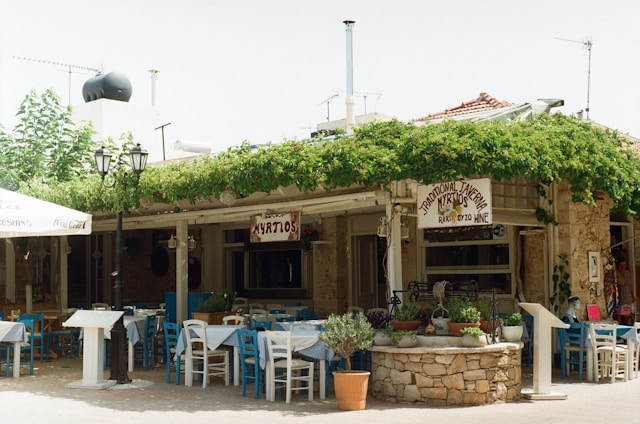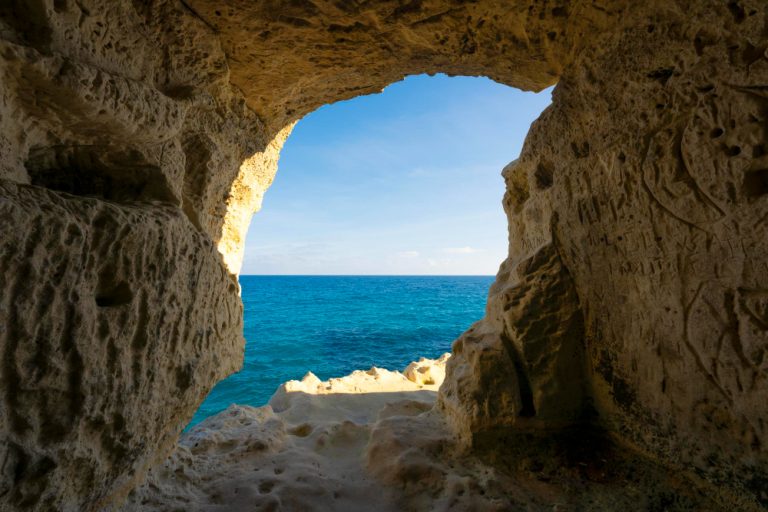At the southernmost tip of Chile, where the winds howl and the seas shimmer, Punta Arenas emerges as a striking landscape of color, contrast, and culture. Known as the gateway to Patagonia and Antarctica, this remote city offers photographers—from hobbyists to professionals—a treasure trove of stunning backdrops.
From icy coastlines and wildlife havens to historic streets and panoramic vistas, Punta Arenas has no shortage of picture-perfect locations. Here are 9 scenic spots that will fill your camera roll and inspire awe.
1. Mirador Cerro de la Cruz: A Panoramic Must-Shoot
Let’s start with one of the most popular viewpoints in Punta Arenas. The Mirador Cerro de la Cruz offers a sweeping panoramic view of the city’s colorful rooftops, the Strait of Magellan, and—on a clear day—even Tierra del Fuego in the distance.
Whether you’re shooting at sunrise, golden hour, or nightfall with city lights twinkling below, this spot delivers magical frames every time.
Tip: Visit early in the morning for fewer crowds and softer light.
2. Plaza Muñoz Gamero: Architecture and Culture Collide
In the heart of Punta Arenas lies Plaza Muñoz Gamero, framed by historic mansions, the stunning Sara Braun Palace, and the city’s iconic statue of Ferdinand Magellan. The square is a beautiful blend of European architecture and Patagonian history.
It’s also a great place for candid street photography, with locals, musicians, and tourists mingling around the central fountain.
Tip: Get a close-up of the statue’s foot—legend says touching it means you’ll return to Patagonia someday.
3. Cementerio Municipal: A Quiet, Photogenic Gem
It might sound unusual, but the Municipal Cemetery of Punta Arenas is one of the city’s most beautiful and peaceful spots. Known for its sculpted cypress trees, elaborate mausoleums, and marble tombs, it offers a unique and moving subject for photography.
The contrasts of light and shadow among the tombstones create elegant, moody compositions that feel both respectful and artistic.
Tip: Visit during late afternoon for soft lighting and dramatic shadows.
4. Costanera del Estrecho: Water, Sky, and Seabirds
Running along the city’s shoreline, the Costanera del Estrecho provides a constantly changing canvas of light, water, and Patagonian skies. Whether you’re capturing local joggers, passing ships, or reflections in tide pools, this seaside path is ideal for wide-angle and motion photography.
During sunrise or sunset, the pastel tones over the Strait of Magellan can be breathtaking.
Tip: Bring a telephoto lens to catch seabirds, including cormorants and terns, in flight.
5. Zona Franca: Urban Contrast and Commercial Energy
Looking for something more urban? Head to Zona Franca, Punta Arenas’ duty-free shopping zone. While not a traditional photography location, it offers a fascinating contrast to the city’s historic core—with modern structures, colorful signage, and urban life in motion.
It’s a great spot to capture the modern side of a historic city, offering editorial-style images or lifestyle shots.
Tip: Shoot reflections in the glass buildings or experiment with long exposures inside the malls.
6. Magellan Strait Shoreline: Rugged Beauty and Wild Winds
Few places in the world offer such dramatic seascapes as the shoreline along the Magellan Strait. With its churning waters, lonely piers, windblown grasses, and distant ships, this rugged coastline captures the essence of Punta Arenas’ spirit.
Watch for whales, dolphins, and seabirds along the horizon—or get moody black-and-white shots of the old wharves and beached boats.
Tip: Use a neutral density filter for long-exposure ocean shots that smooth out the waves.
7. Nao Victoria Museum: Nautical Nostalgia in Full Scale
The Nao Victoria Museum features full-scale replicas of historic ships, including Ferdinand Magellan’s Nao Victoria and the HMS Beagle. These detailed ships sit docked by the water, surrounded by mountains and sky, offering unique maritime-themed images.
Great for history lovers and photographers alike, this spot lets you mix portrait, architecture, and nautical photography in one go.
Tip: Visit on an overcast day for atmospheric shots that highlight the ship’s textures.
8. Reserva Nacional Magallanes: Forest Trails and Mountain Views
Just a short drive from the city center, Reserva Nacional Magallanes offers an escape into nature. The park is filled with forests, scenic overlooks, and mountain trails, giving you access to a different kind of Punta Arenas.
Capture mossy woods, panoramic ridges, and native wildlife like foxes or woodpeckers. During autumn, the foliage bursts into fiery reds and golds.
Tip: Use a drone for overhead shots of the forest trails and sweeping Patagonian landscape.
9. Isla Magdalena: Penguins in the Spotlight
For wildlife photography lovers, Isla Magdalena is a must. Home to thousands of Magellanic penguins, this island is accessible by boat from Punta Arenas and offers a rare chance to walk among these charming creatures.
Whether you’re using a zoom lens or a compact camera, the close proximity to the penguins makes it easy to get stunning wildlife shots—without disturbing them.
Tip: Keep a respectful distance, shoot low to the ground, and use burst mode to capture playful moments.
10. Photography Tips for Punta Arenas
Before heading out to explore these spots, here are a few quick tips for photographing in Punta Arenas:
Weatherproof your gear: Patagonian weather is unpredictable. Bring rain covers and lens cloths.
Pack layers: You’ll want warm clothes—even in summer—for those early sunrise shoots.
Use a tripod: Especially for long exposures and windy conditions.
Golden hour magic: The southern latitude gives Punta Arenas a beautiful long twilight—perfect for extended golden hours.
Conclusion: Capture the Spirit of the South
Punta Arenas isn’t just a destination; it’s a story told in light, landscape, and legacy. From the historic center to remote wildlife islands, the city offers photographers a diverse range of subjects that stir the imagination.
Whether you’re chasing the perfect shot of a penguin colony, framing the city skyline from a hilltop, or capturing a moody seascape, you’ll find that every click in Punta Arenas is a brushstroke of Patagonian magic.
So pack your camera, charge your batteries, and let Punta Arenas fill your memory card with unforgettable views.
FAQs
1. What is the best time of year to photograph Punta Arenas?
The best time is between November and March, during the Southern Hemisphere summer. The days are longer, and the light is ideal for photography. Wildlife like penguins is also more active in this season.
2. Do I need a drone permit in Punta Arenas?
Yes. If you plan to use a drone for aerial shots, especially in protected areas like Isla Magdalena or the national reserve, you’ll need permission from the Chilean aviation authority (DGAC). Always fly responsibly.
3. Are there guided photography tours in Punta Arenas?
Absolutely. Several tour operators offer photography-specific tours, including wildlife, landscape, and even nighttime shooting sessions (great for astrophotography).
4. Can I photograph locals or cultural events?
You can, but it’s always polite to ask for permission before photographing individuals, especially in close-up portraits or cultural gatherings. Most locals are friendly and will gladly pose if asked respectfully.
5. Is it safe to carry expensive camera equipment in Punta Arenas?
Punta Arenas is generally safe, but as with any travel destination, use common sense. Avoid flashing expensive gear in crowded markets or unattended places. Use a padded, secure camera bag and insure your equipment for peace of mind.
Also read : Bathhouse Japanese: A Deep Dive into Japan’s Soothing Soak Culture





Leave a Comment